What are some job responsibilities of low voltage electricians?
Reading blueprints
In order to be able to install electrical systems, electricians will start by reading drawings, blueprints, or other visual aids that will tell them how to properly install the system or its parts.
Diagnosing problems
If things go wrong with a low voltage system, the electrician must
run diagnostic tests to determine where the issue is. Is it a wiring issue? Is it an issue with a part? Does the whole system need to be replaced? Many low voltage electricians work for companies that serve clients, and therefore they often must go to the residence or building of the client to inspect the systems.
Preparing estimates for clients
As experts in low voltage systems, it is the responsibility of the electrician to determine what tools and materials will be needed for the job they are assigned. They will also have to evaluate what the cost and work time needed will be. Electricians will then pass this estimate along to the client or submit it to their supervisor for approval.
Maintaining records
Any time a low voltage electrician installs, repairs, or updates a system, they must make a detailed log of what they did. Electricians will keep a log of all parts and materials, as well as anything that they use and order for the system. They will also keep notes of any problems, malfunctions, and repairs throughout their time working on the system.
Performing regular maintenance
Many low-voltage electricians not only install electrical systems but also maintain them. Electricians will create a schedule to inspect systems so that they are able to detect problems early before any major issues arise and costly or time consuming repairs are required. Learn more about Santella’s maintenance program
here.
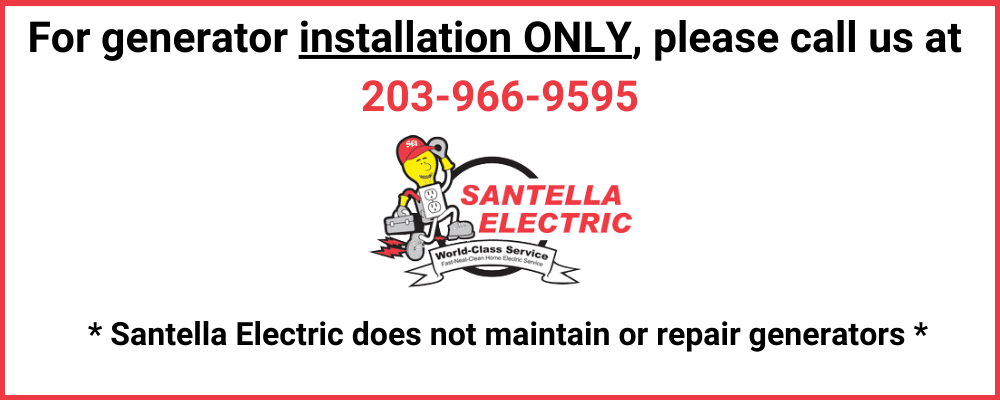
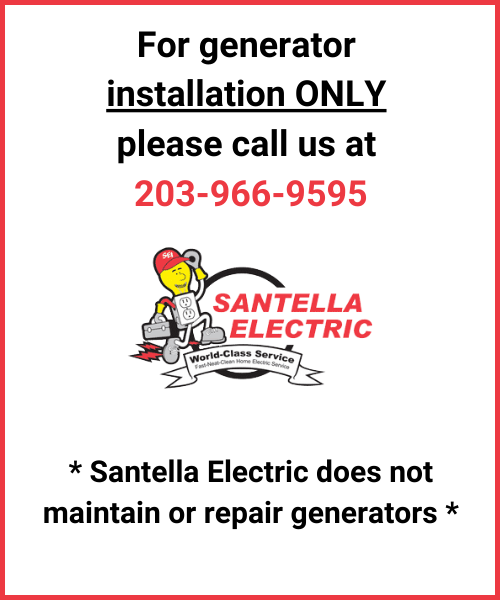


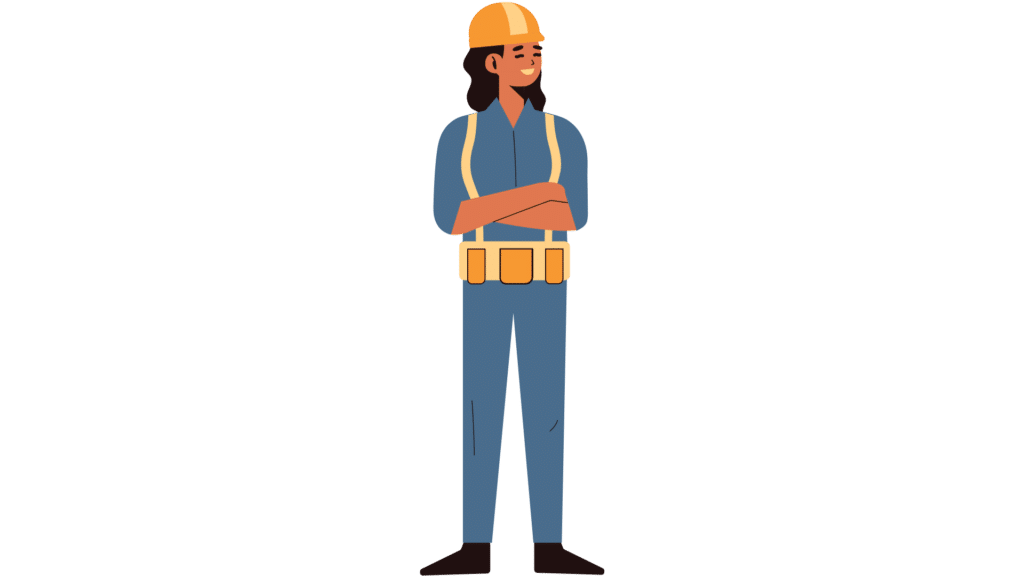
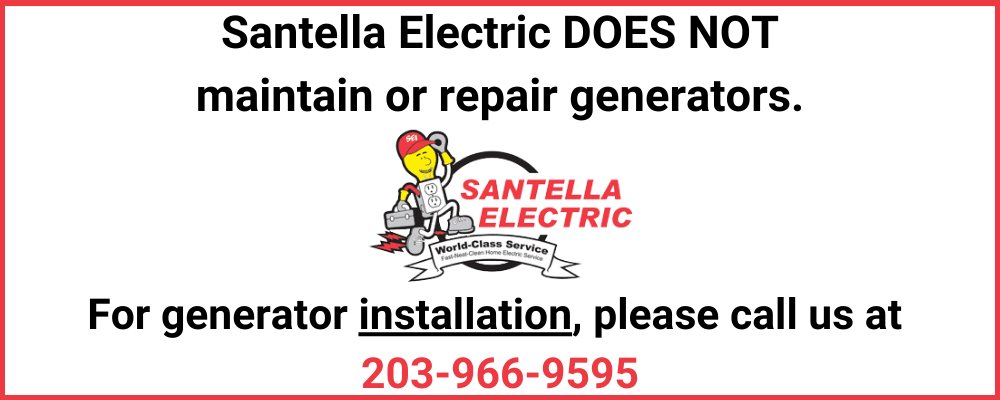
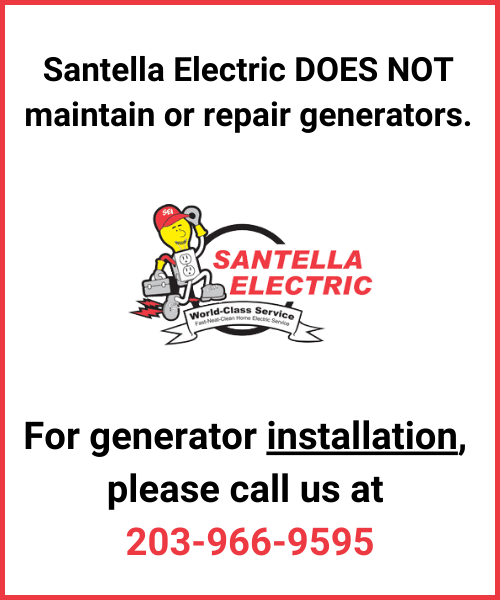




Recent Comments